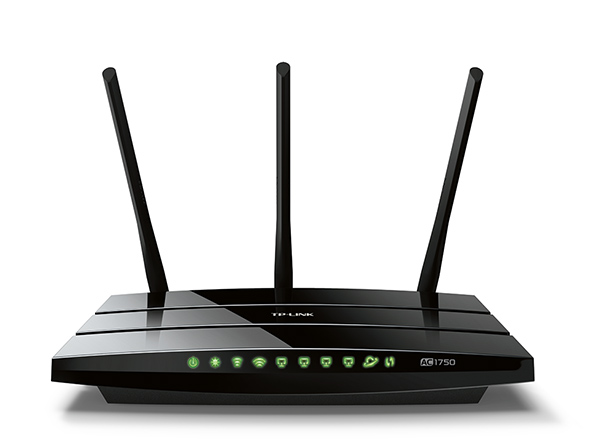Networking hardware vendor TP-Link today admitted violating US radio frequency rules by selling routers that could operate at power levels higher than their approved limits. In a settlement with the Federal Communications Commission, TP-Link agreed to pay a $200,000 fine, comply with the rules going forward, and to let customers install open source firmware on routers.
The open source requirement is a unique one, as it isn't directly related to TP-Link's violation. Moreover, FCC rules don't require router makers to allow loading of third-party, open source firmware. In fact, recent changes to FCC rules made it more difficult for router makers to allow open source software.
The TP-Link settlement was announced in the midst of a controversy spurred by those new FCC rules. The new rules for the 5GHz band require router makers to prevent third-party firmware from changing radio frequency parameters in ways that could cause interference with other devices, such as FAA Doppler weather radar systems.
Router makers can comply with the new FCC rules by placing limits on what third-party firmware is allowed to do. Alternatively, hardware makers can comply by preventing the loading of open source firmware entirely—which is what TP-Link chose to do.
TP-Link didn't break any rules by blocking third-party firmware, but it did draw attention from the FCC's Enforcement Bureau by selling routers that made it possible for users to circumvent power limits. TP-Link software installed in certain routers "included a user setting that violated [commission rules] by permitting the user to change the country code for the router, thereby enabling the router to operate at a higher power than allowed on certain restricted Wi-Fi channels," the FCC said. After admitting the violation, TP-Link halted sales of the offending devices and issued software updates so that units already sold to consumers would comply.



 Loading comments...
Loading comments...
